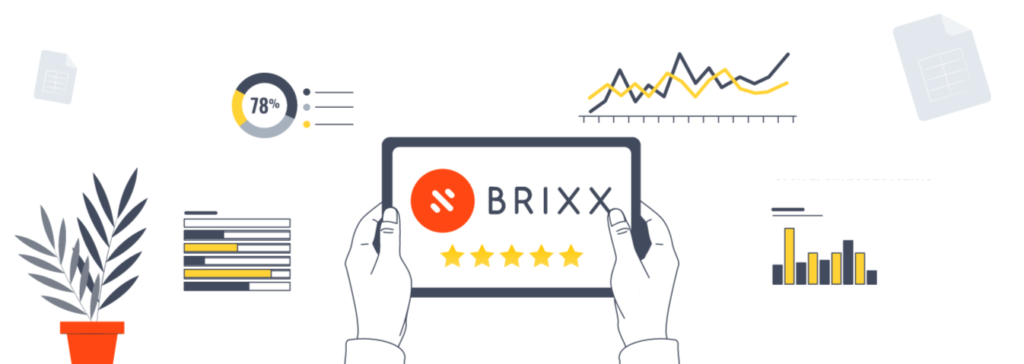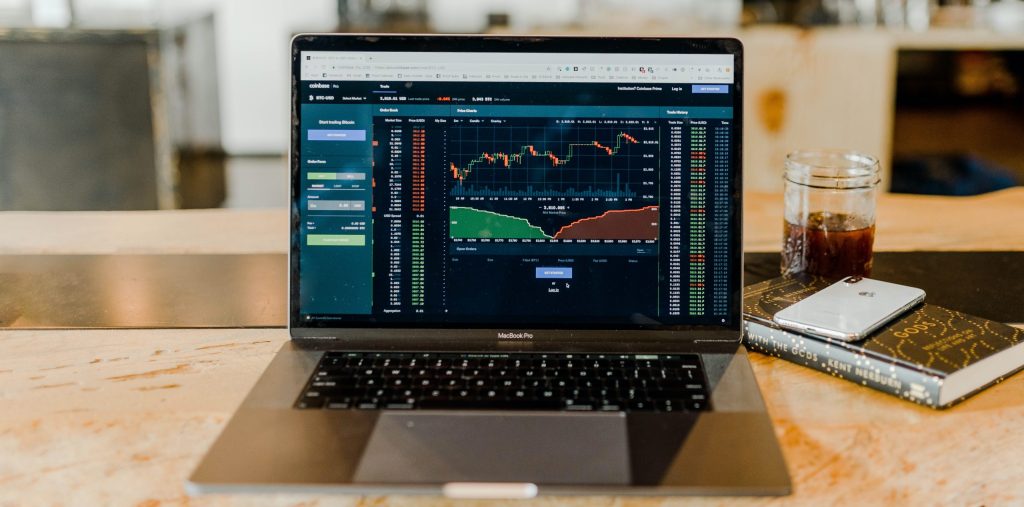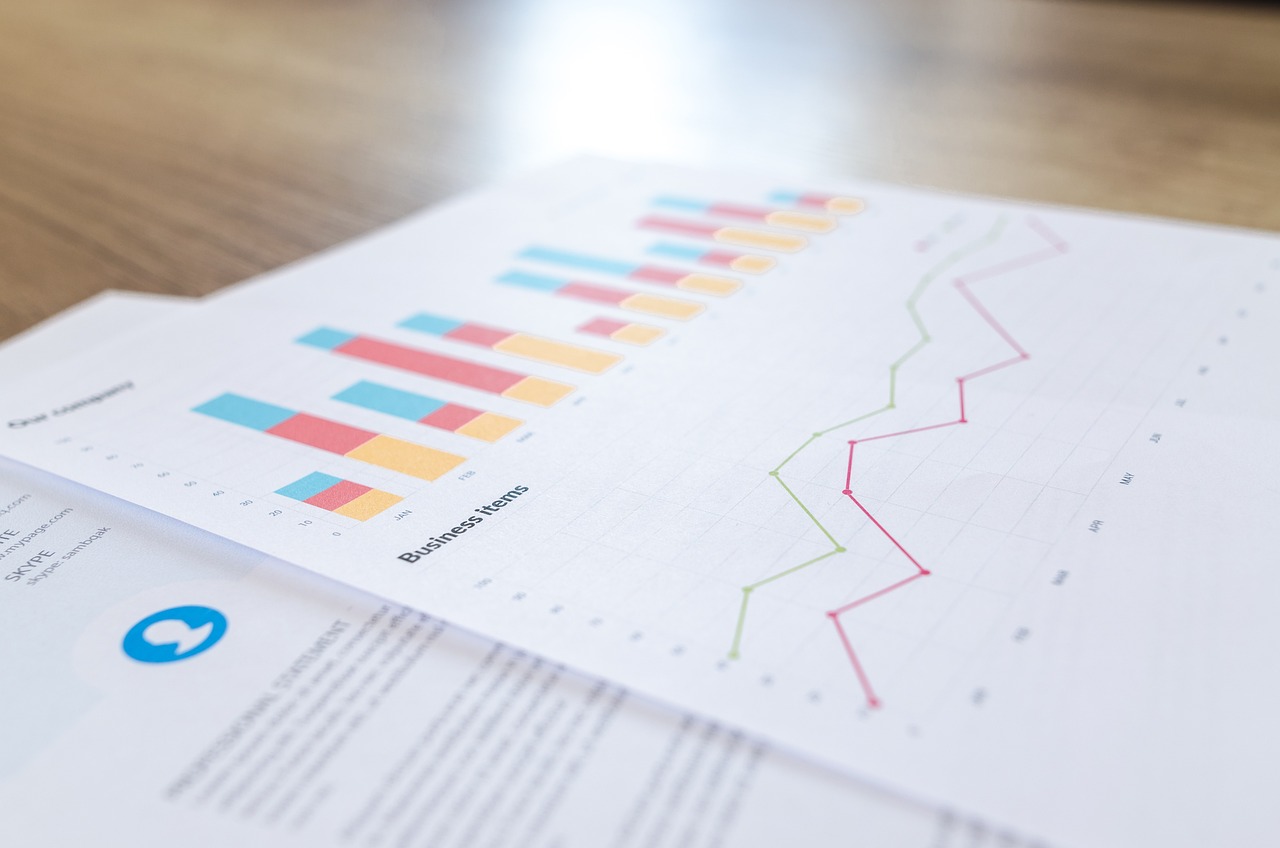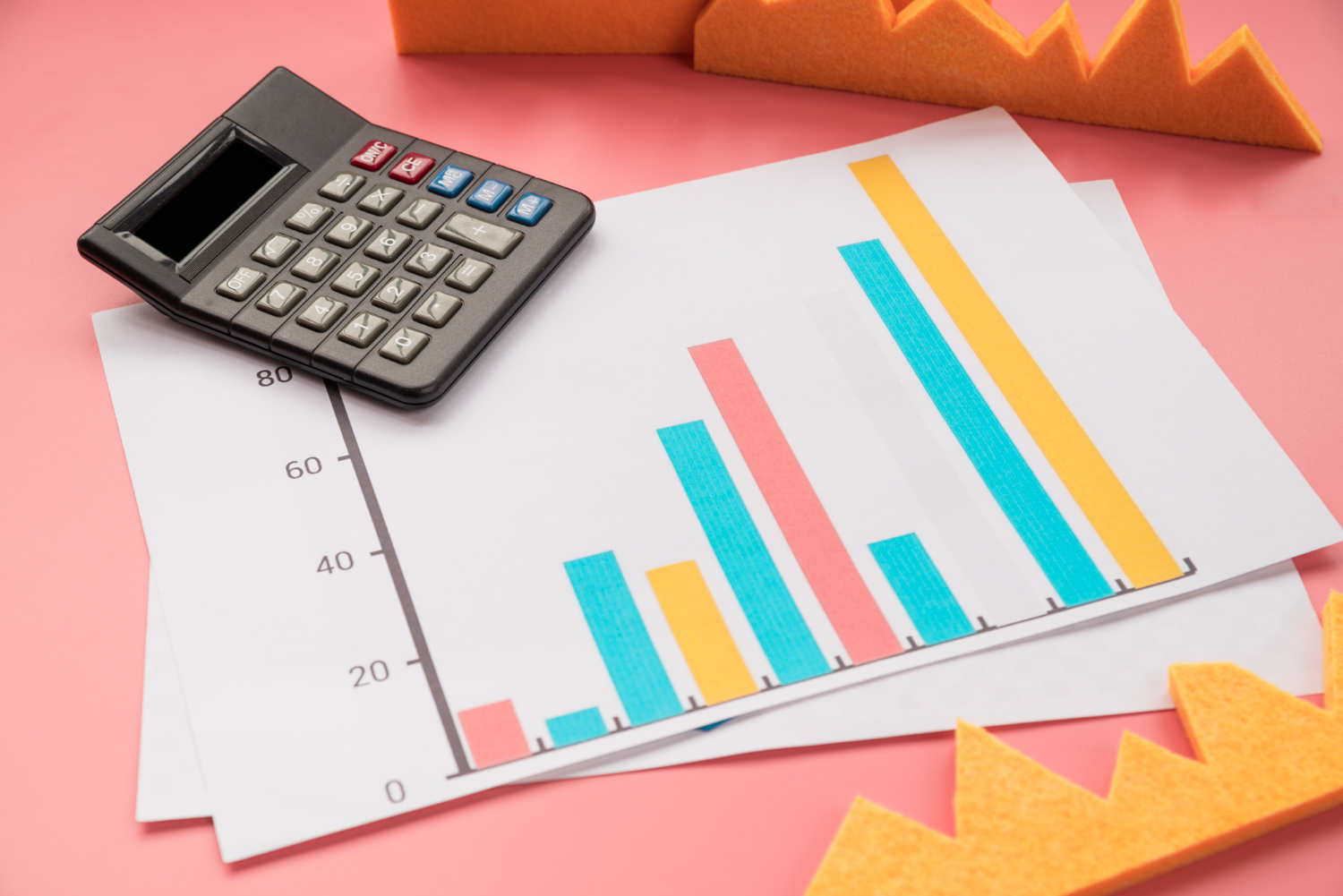

Financial forecasting has often been misunderstood or simplified into a few misconceptions. This article aims to clarify some of these commonly held but mistaken beliefs. From the rigidity of the structure to the importance of accuracy, we’ll delve into six ways that financial forecasting isn’t what you might think it is.
Get started with our forecasting software so that you can plan your business' futureEffortlessly forecast with Brixx
1. Financial forecasting is complex
The complexity of financial forecasting often intimidates business owners. While it’s true that many variables need to be considered—such as market conditions, competition, and economic trends—this complexity should not deter you. At its core, financial forecasting is a tool to help you plan for the future. By accounting for variables like sales trends, costs, and cash flow, you can make informed decisions about your company’s direction.
One strategy to make the process more manageable is to break it down into smaller parts. Rather than attempting to account for all variables at once, you could start by focusing on specific elements like tracking sales trends over a given period or monitoring your monthly cash flow. As you get more comfortable, you can begin to integrate these individual elements into a more comprehensive forecast.
2. Financial forecasting should be rigidly structured
While it’s common to think that a rigid structure is crucial for an accurate forecast, this is a misconception. Markets change, consumer behaviours shift, and unforeseen events occur. A rigidly structured forecast can quickly become obsolete in today’s fast-paced business environment. Flexibility is key to adapting to these changes and making strategic decisions on the fly.
For instance, during the pandemic, companies that clung to rigid forecasts found it challenging to navigate the sudden changes in consumer demand, supply chain disruptions, and evolving market dynamics. This rigidity hindered their ability to make informed decisions and adjustments in real-time.
3. Forecasting is just about numbers
Although quantitative data like sales figures, profit margins, and cash flow are essential, they are just part of the picture. Qualitative factors such as market sentiment, brand reputation, and even geopolitical events can significantly influence your forecast. An integrated approach that combines both quantitative and qualitative information provides a more well-rounded view.
For instance, a sudden shift in market sentiment due to a viral social media post can drastically affect your sales, even if all numerical indicators seemed favorable. Make sure you also consider qualitative factors such as customer satisfaction and brand loyalty in your forecast.
4. Forecasting should be 100% accurate
The idea that forecasts must be 100% accurate is not only unrealistic but can lead to analysis paralysis. Forecasts are based on probabilities and assumptions, and a certain degree of error is inevitable. Instead of aiming for absolute accuracy, focus on creating a range of possible outcomes. This provides a more practical, actionable framework for decision-making.
Instead of striving for perfection, create a risk assessment to accompany your financial forecast. This allows you to have both optimistic and pessimistic scenarios, providing a more balanced and actionable strategy.
5. Forecasting is only for financial departments
It’s a common myth that financial forecasting is a task solely for financial departments. In reality, the insights from a forecast are valuable across all departments—sales, marketing, and operations all contribute valuable data that can influence your overall financial standing.
Consider how sales data can influence revenue projections or how the operations department’s efficiency metrics can affect cost estimates. Promoting cross-departmental collaboration enriches your forecast quality and ensures a more cohesive business strategy.
6. Forecasting is just for the short-term
Focusing only on the short-term is another common mistake. While short-term forecasts are useful for immediate decision-making, long-term forecasts guide strategic planning. They help you prepare for expansion, investment, or diversification, giving you a broader perspective on your financial future.
For instance, if you’re considering entering a new market or launching a new product line, short-term forecasts won’t provide the insights needed for such a strategic move. You’ll need to assess market demand, competition, and the required investment—factors that need long-term forecasting. Similarly, if you’re considering investments in research and development (R&D), you need to understand the long-term financial implications and potential ROI, which again goes beyond the scope of a short-term forecast.
How Brixx can help
We’ve debunked common misconceptions about financial forecasting. Brixx is a financial forecasting software designed for cash flow, budgeting, and business planning. It offers solutions tailored to these myths, proving itself to be a versatile tool for financial planning. Here’s how:
- Simplicity and usability: Forget the complexity. Whether you’re a startup enthusiast or a seasoned finance professional, Brixx’s user-friendly interface is designed for you.
- Flexible planning: Contrary to the belief in rigid structures, Brixx offers flexible features that easily adapt to your needs. Drag and drop dates, shift entire projects in time, and set assumptions around payment terms to reflect real-world conditions.
- Comprehensive forecasting: It’s not just about numbers. Brixx allows for both quantitative and qualitative forecasting, from cash flow to double-entry accounting, all automated behind the scenes.
- Collaboration across departments: Far from being just for financial teams, Brixx lets you add up to five collaborators for real-time team input, ensuring a complete view of your business.
- Long-term strategic planning: Smash the myth that forecasting is short-term focused. With Brixx, create 1-10 year forecasts that inform key strategic business decisions.
- What-if scenarios: Toss out the need for 100% accuracy. Use Brixx’s scenario testing features to quickly explore various “what-if” situations, making your forecasts more resilient and adaptable.
Experience the difference with Brixx. Start a 7-day free trial today and see how we can revolutionize your approach to financial forecasting.














